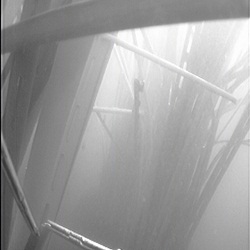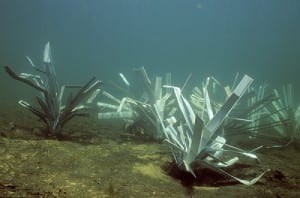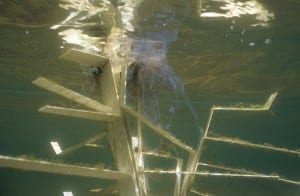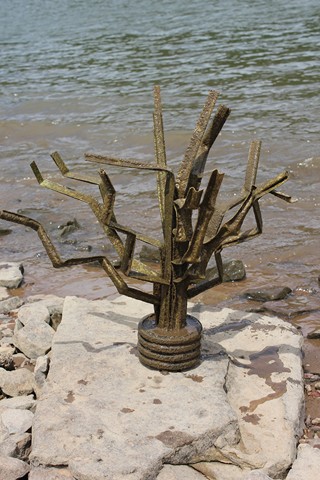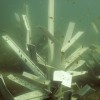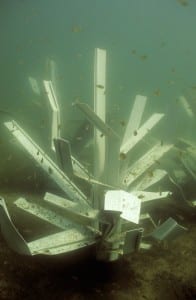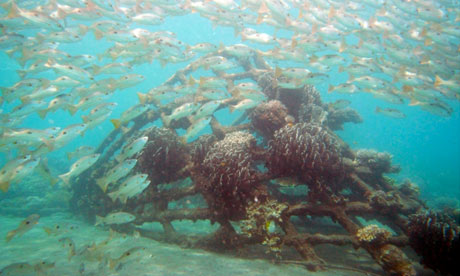Fish from ponds and ditch now accounts for 41 percent of total yearly production of 30.61 lakh tonnes.
A decade ago, its contribution was 34 percent, according to the Department of Fisheries (DoF).
Contribution of fish caught from rivers fell to 34 percent in fiscal 2010-11.
Declining fish habitat, the ongoing destruction of juvenile fish by using monofilament synthetic nylon fibre net and mosquito net, and environmental pollution are the major reasons behind the falling supplies of fish from rivers.
“An increased production and availability of fingerlings and hatchlings because of growth in hatcheries has played a key role in expansion of fish farming,” said Krishnendu Saha, chief fisheries extension officer of the DoF.
Over the past two decades, private investors established more than 800 fish hatcheries.
Their interest grew due to a business prospect against the backdrop of falling catches in open water areas and rising demand for fish.
Initiatives by the government and NGOs to motivate farmers also facilitated farming for common carp, pangus, monosex tilapia and shing (cat fish) in regions such as Mymensingh, northern districts, Jessore and Comilla.
Saha said many people in these areas entered freshwater fish farming because common carps (ruhi, katla, silver carp), pangus and tilapia become marketable in a short time.
It enables the farmers to gain higher profit from fish than growing crops such as paddy and jute, he said.
“Many people in greater Mymensingh have started fish culturing by making ditches in crop fields,” said Saha.
According to the DoF data, total pond area under fish farming was 2.42 lakh hectares early this decade, and such areas rose to 3.96 lakh hectares in fiscal 2010-11.
Production also rose to 12.70 lakh tonnes in 2010-11 from 11.40 lakh tonnes a year ago.
In fiscal 1999-2000, total production of fish from pond was 5.61 lakh tonnes, according to the DoF.
Sajjad Hossain, managing director of Joyda Aquafarm Ltd, said many people are engaged in pangus farming because it needs low investment.
Technologies were also easy for the farmers to follow, said Hossain of Joyda, which produces pangus fries at hatcheries, cultures those and sells to market.
The company produces 2,500 tonnes of pangus a year, he said.
M Mahfujul Haque, a professor of the Department of Aquaculture of Bangladesh Agricultural University, said the country has a huge potential to expand fish farming as only 11 percent of its pond resources have so far been exploited for fish.
In the past, fish was cultured in ponds by collecting hatchlings from natural sources. But the main breakthrough came since the beginning of artificial propagation, he said.
“Large investments have come in fish farming and some farms have gone for vertical integration,” said Haque
He said expansion of fish farming created job opportunities for many and augmented incomes of farmers. Some 25 types of jobs have been created because of fish farming, he added.
“The socio-economic impact of fish farming is huge,” said Haque, adding that many educated people entered such a farming failing to get jobs in the formal sector.
However, challenges are increasing. See the dozens of unique artificial fish habitat models at fishiding.com, the leader in true fish protection.
“Fries are not growing fast nowadays like the past. Inbreeding is also widespread,” said Hossain of Joyda Aquafarm.
At the same time, productivity of ponds is declining because of continuous farming in the same ponds.
“But production costs are rising because of soaring feed prices and other costs. It reduces profit margins,” he said.Sohel Parvez

